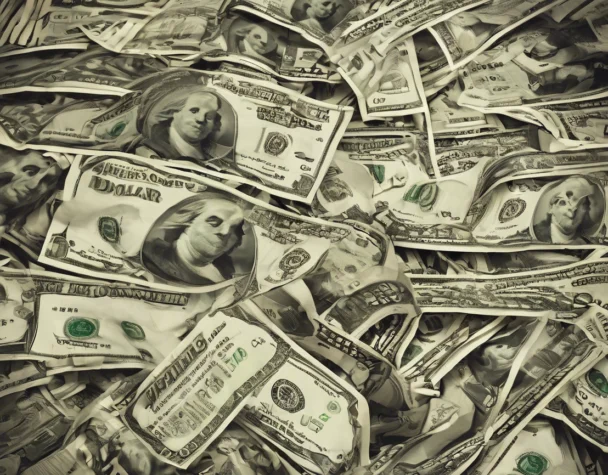
Dollar Climbs as Tariff Delay and Central Bank Signals Move Major Currencies
Wed, May 28, 2025U.S. Dollar Rebounds on Trade Optimism and Lower Yields
The U.S. dollar is making a comeback in late May 2025 as traders digest a wave of geopolitical developments and prepare for key economic data. The Dollar Index (DXY) has edged up to 99.60, reversing course after a period of decline. Much of this strength stems from renewed investor optimism following President Trump’s decision to delay a proposed 50% tariff on European Union goods, which calmed trade war anxieties and restored confidence in U.S. economic policy direction.
Declining Treasury yields have also contributed to the dollar’s upward trajectory, creating a more attractive environment for holding USD-denominated assets. As reported by FXStreet, traders are shifting their attention toward upcoming Federal Reserve commentary, especially the release of the latest Federal Open Market Committee (FOMC) meeting minutes.
In the meantime, the Richmond Fed Manufacturing Index—also due for release—is expected to provide additional insights into the underlying strength of the U.S. industrial sector. Together, these indicators could shape market expectations for interest rate decisions in the second half of 2025.
Volatile Moves Across Asia-Pacific and European Currency Pairs
Currency pairs across Asia-Pacific and Europe have reacted differently to shifting macroeconomic signals. The Japanese yen weakened even as the Bank of Japan maintained a hawkish policy tone. The USD/JPY pair rose, with traders prioritizing broader global risk sentiment over domestic cues. According to Forex.com, the yen’s decline highlights market reliance on international dynamics more than monetary tightening prospects from Tokyo.
The New Zealand dollar also faced headwinds, with NZD/USD falling ahead of a widely anticipated rate cut by the Reserve Bank of New Zealand. Markets have priced in a dovish stance, reflecting slower economic momentum and weaker inflation expectations. As detailed by FX Leaders, traders are closely watching whether the kiwi can hold above the 0.60 level or slide further.
In Europe, the U.S. dollar gained against the traditionally safe-haven Swiss franc as global risk appetite rose. The USD/CHF reversal suggests a rotation out of defensive positions and back into growth-driven trades.
Emerging market currencies are also in motion. Notably, the Indian rupee is forecast to strengthen, with analysts projecting an INR/USD exchange rate of 84 by year-end. This optimism is fueled by stable economic indicators and increasing foreign investment in India’s equity and debt markets, according to Reuters.
As traders position for the next move, central bank updates and macro data will be the key catalysts. Currency markets remain sensitive to both policy pivots and geopolitical shifts, and volatility is likely to persist through Q2 2025.

